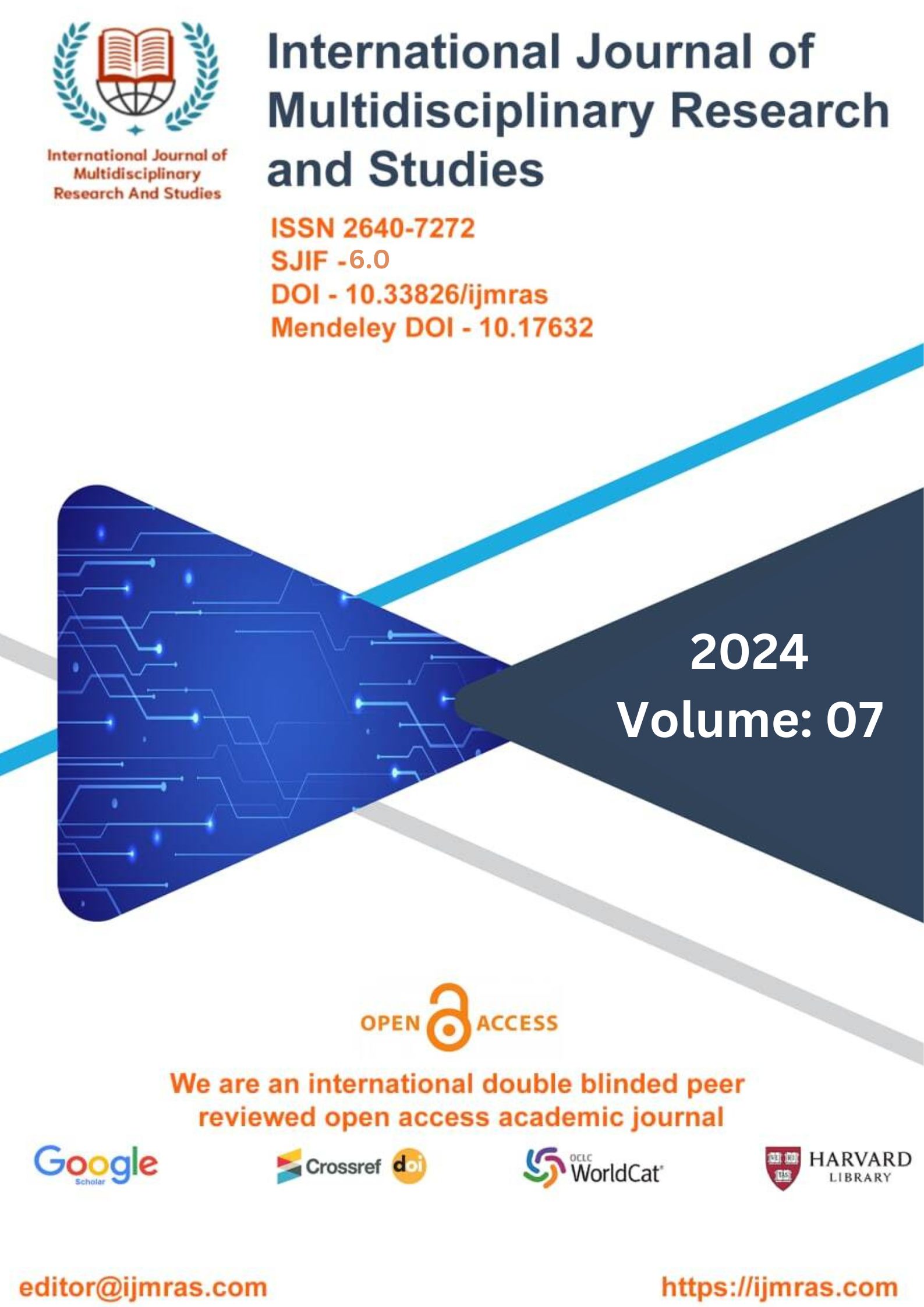Evaluation on Pharmacological and Toxicological Studies of Cassia Fistula for Antidepressant Activity in Mice

Abstract
The present study was designed to perform evaluate the antidepressant activity of the ethanolic extract of cassia fistula leaf. The leaf of cassia fistula was extracted using ethanol as solvent by soxhlet apparatus. The evaluation of antidepressant activity was done using a tail suspension test, and locomotor activity-induced antidepressant models in wistar albino rats. The work entitled Evaluation of Anti-depression Activity of the leaf of Cassia Fistula was to determine the efficacy and safety in experimental animals. Both aqueous and alcoholic extracts of the leaf of cassia fistula (linn.) have shown a significant reduction in the depression of CNS as compared to tail suspension animals and locomotor activity confirming their anti-depression property. The aqueous and alcoholic extract of the leaf of cassia fistula (linn.) has shown a significant decrease in brain serotonin levels, an increase in norepinephrine levels.
Keywords
Anti-Depression, Cassia Fistula, Serotonin, Norepinephrine, Alcoholic ExtractHow to Cite
References
Arulmozhi DK, Veearanjaneyulu A, Bodhakar SL, Arora SK. Investigations of Sapindus trifoliatus in dopaminergic and serotonergic systems. Putative antimigraine mechanisms. Ind. J. Pharmacol, 2005 b; 37: 120-125.
Bal N, Figureras G, Vilaaro MT, Sunol C, Artigas F. Antidepressant drugs inhibit a glial 5-hydroxytryptophan tranporter in rat brain. Eur. J. Neurosci, 1997; 9:1728-1738.
Birmaher B, Kaufman J, Brent DA, Dahl RE, Perel JM, al-Shabbout M. Neuroendocrine response to 5-hydroxy-L-tryptophan in prepubertal children at high risk of major depressive disorder. Arch Gen Psychiatry, 1997; 54(12):1113-1119.
Capsi A, Sugden K, Moffit T, Taylor A, Craig WW, Harrrington H, Mc -Clay J, Mil J, Martin J, Braithwaite A, Poulte R. Influence of life stress on depression. Moderation by a polymorphism in the HT generation. Sci, 2003; 301: 386-389.
Dellaporta SL, Wood J, Hicks JB. A plant DNA mini preparation: version II.Plant. Mol Biol. Rep, 1983; 1: 19-21.
Duman RS. Depression: A case of neuronal life and death. Biol. Psychiat,2004; 56: 140-145.
Foote SI, Morrison JH. Development of noradrenergic, serotonergic and dopaminergic innervation of neocortex. Current. Top. Dev. Biol, 1987; 21: 391-423.
Gold PW, Goodwin FK, Chrousus GP. Clinical and BiochemicalManifestations of depression. Relation to the neurobiology of stress. Part -1 N. Engl. J. Med, 1988; 319: 348-353.
Gould TD, Manji HK. Signaling networks in the pathophysiology and treatment of mood disorders. Journal of Psychopharmacology Research, 2002; 53: 687-697.
Hasrat JA, De Bruyne T, De Baker JP, Vauquelin G, Vlietinck J.Isoquinoline derivates isolated from the fruit of Annona muricata as 5-HTergic G 5-HT1A receptor agonists in rats: unexploited anti depressive (lead) products. J. Pharmaceu. Pharmacol, 1997a; 49:1145–1149.
Hayley S, Poulter MO, Merali Z, Anissman H, The pathogenesis of clinical depression stressor and cytokine induced alterations of cyto plasticity. Neurosci, 2005; 135: 659-678.
Heim C, Nemer off CB. The role of childhood trauma in the neurobiology of mood and anxiety disorders: Preclinical and clinical studies. Biol. Psychiatry, 2001; 49: 1023–1039.
Kessler RC, Berglund P, Demler O, Jin R, Merikangas KR, Walters EE. Lifetime prevalence and age-of-onset distributions of DSM-IV disorders in the National Comorbidity Survey Replication. Arch. Gen. Psychiatry, 2005; 62(6): 593–60.
Khandelwal KR, Kokate CK, Pawar AP, Gokhale SR. Practical Pharmacognosy Techniques and Experiments (Nirali Prakashan Publishers, Pune, 2000: 9.
Klimek V, Schenck JE, Han H, Stockmeier CA, Ordway GA. Dopaminergic abnormalities in amygdaloid nuclei in major depression: a postmortem study. Biol. Psychi, 2002; 52: 740–748.
Li G, Wang LY, Shofer JB. Temporal Relationship Between Depression and Dementia: Findings From a Large Community-Based 15-Year Follow-up Study. Arch Gen Psychiatry, 2011; 68(9):970-7.
Lipnick RL, Cotruvo JA, Hill RN, Bruce RD, Stitzel KA, Walker AP, Chu I, Goddard M, Segal L, Springer JA, Myers RC Comparison of the Up-and-Down, Conventional LD50 and Fixed Dose Acute Toxicity procedures. Food. Chem. Toxicol, 1995; 33: 223-231.
Lutomski J, Malek B. Pharamacological investigations on the raw material of the genus Passiflora. Planta Medica, 1975; 27 (4): 331-336.
Mabbry TJ, Topeu G, Dellamonica G, Chopin J. C-glycosyl flavanoids from Passiflora foetida. J. Nat. Prod, 1982; l 45 (1):103.
License
Copyright (c) 2024 PRIYANKA TIWARI, SEEMA SAHU, BALVEER SINGH KIRAR, NITIN PRAKASH

This work is licensed under a Creative Commons Attribution 4.0 International License.
Individual articles are published Open Access under the Creative Commons Licence: CC-BY 4.0.




